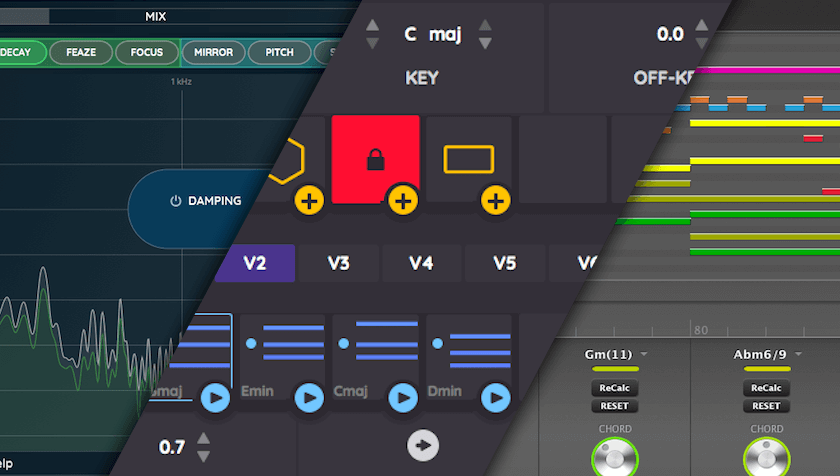



For high-speed flows, the probe time is on the order of 0.1-10 µs. MTV has been extensively used for high-speed gas dynamics: molecules do not suffer from inertia associated with particles in regions of high accelerations (such as shock waves). This project demonstrated a new application range for MTV in gases. The pattern is probed and matched at two times (interval or probe time, dt), resulting in a time-of-flight velocimetry technique. The pattern created by the write laser is then interrogated with planar laser-induced fluorescence (PLIF), the read pulse(s), which are recorded with a camera. In MTV a molecular tracer is photo-dissociated by a first (write) laser into radicals or molecules. Molecular more » tracers stay mixed within the working gas and can seed the flow in a technique called Molecular Tagging Velocimetry (MTV). In such scenarios, particles used in mainstream techniques, like Particle Image Velocimetry (PIV) are not appropriate as they settle down too rapidly and also contaminate the experimental facility. For this project, we introduced a new class of laser spectroscopic diagnostics to Thermal-Hydraulics to measure velocity of gases furthermore, the diagnostic was demonstrated in-situ in an IET during DCC events. These are detailed below and in manuscript appended to this executive summary. The main accomplishments of this project include the record for dynamic range for velocimetry, highest accuracy obtained with this technique, successful deployment in an IET leading to new validation matrix for CFD. This was a collaborative effort between co-PIs at The George Washington University (GW), Oregon State University (OSU), and NASA Langley Research Center. This campaign required the development of a new laser spectroscopic diagnostic to measure velocity in the challenging conditions of the HTTF: low speed (~1 m/s) gas flows at HTGR prototypical temperature and 1/10th pressure. The HTTF simulates Depressurized and Pressurized Conduction Cooldowns (DCC and PCC). A validation experimental campaign was conducted in an Integral Effect Test (IET) facility of High Temperature Gas Reactors (HTGR), the High-Temperature Test Facility (HTTF) at Oregon State University (OSU).


 0 kommentar(er)
0 kommentar(er)
